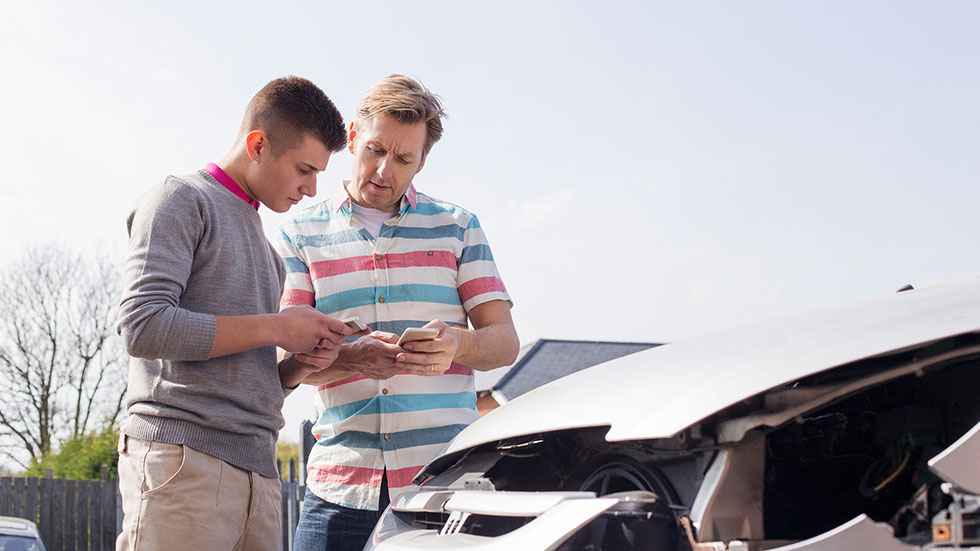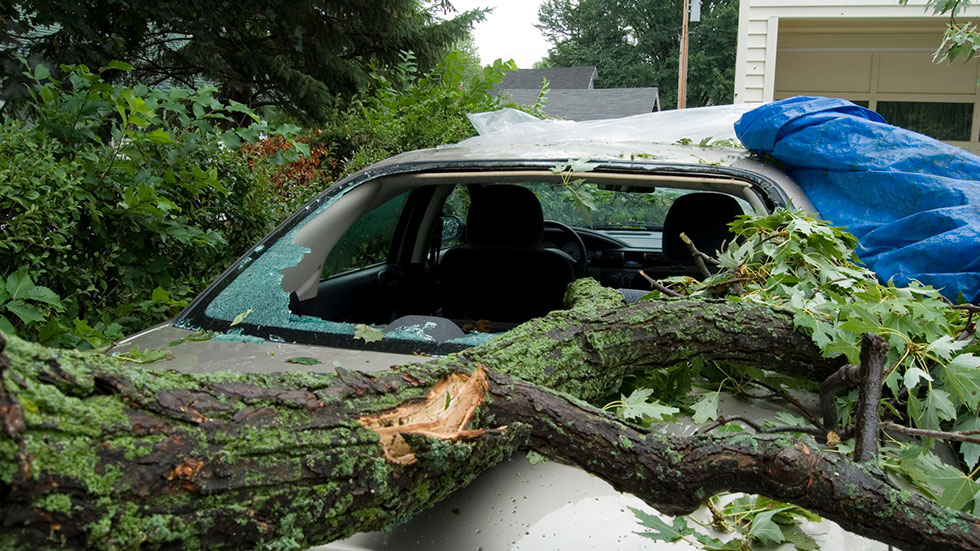When Does Car Insurance Cover Repairs?
Understanding 3 types of insurance: collision coverage, comprehensive coverage, and uninsured motorist coverage


If you’ve ever been in a fender bender, collided with an animal, or experienced a malfunctioning vehicle, you know the frustration associated with getting your car fixed quickly…and the potentially significant financial burden that comes with those repairs. Car insurance is designed to help with these costs; however, it’s important to understand the circumstances when your insurance does or doesn’t cover repairs. Read on to learn more.
*Important Note: It’s critical to talk to your insurance agent and review your own policies carefully for information about your own coverage. If you have questions, contact your insurance agent or agency.

1. WHAT IS COLLISION COVERAGE?
Collision coverage is designed to pay for repairs to your vehicle when it’s damaged:
- In an accident with another vehicle (you hit another vehicle or are hit by another vehicle).
- By an object (like a telephone pole, mailbox, guard rail, etc.), regardless of fault.
- From flipping over.
- By potholes.
Whether a minor fender bender or more serious collision, your collision coverage can help pay for repairs.
If you’re leasing or financing a vehicle, collision coverage is typically required by the lender. If your car is paid off, it’s an optional coverage on your policy. But, having it can save you hundreds or thousands of dollars in the event of an accident.
Keep in mind that collision coverage typically has a deductible, which is how much you’ll pay out of pocket before your insurance kicks in. The higher the deductible, the more you’ll have to pay up front for the repairs yourself.

2. WHAT IS COMPREHENSIVE COVERAGE?
Comprehensive coverage helps pay for damage to your car caused by disasters “other than collisions,” such as:
- Contact with animals.
- Natural disasters (earthquakes, floods, hurricanes, tornadoes, and volcanic eruptions).
- Fire.
- Riots and vandalism.
- Theft of the entire car, or parts of the car.
- Fallen objects (trees, branches, ice, or projectiles).
- Broken windshield.
This means if you hit a deer, a tree falls on your car during a storm, or someone breaks out your windows as an act of vandalism, your comprehensive coverage can help cover repairs.
As with collision coverage, if you’re leasing or financing a vehicle, it’s typically required. But while you don’t have to have it if you own your car, it can help save money. Comprehensive insurance also usually requires a deductible.
3. WHAT IS UNINSURED MOTORIST COVERAGE?
If you’re in an accident and the at-fault party doesn’t have insurance or has inadequate coverage, uninsured motorist coverage would kick in. This coverage can help pay for repairs to your vehicle when the responsible party is unable to do so. Note that there are nuances to this coverage, and some policies may have varying limits and conditions.
Read and understand your policy carefully, but in general, it can help prevent you from having the full financial burden of repairs in situations where the other party can’t cover the costs.
